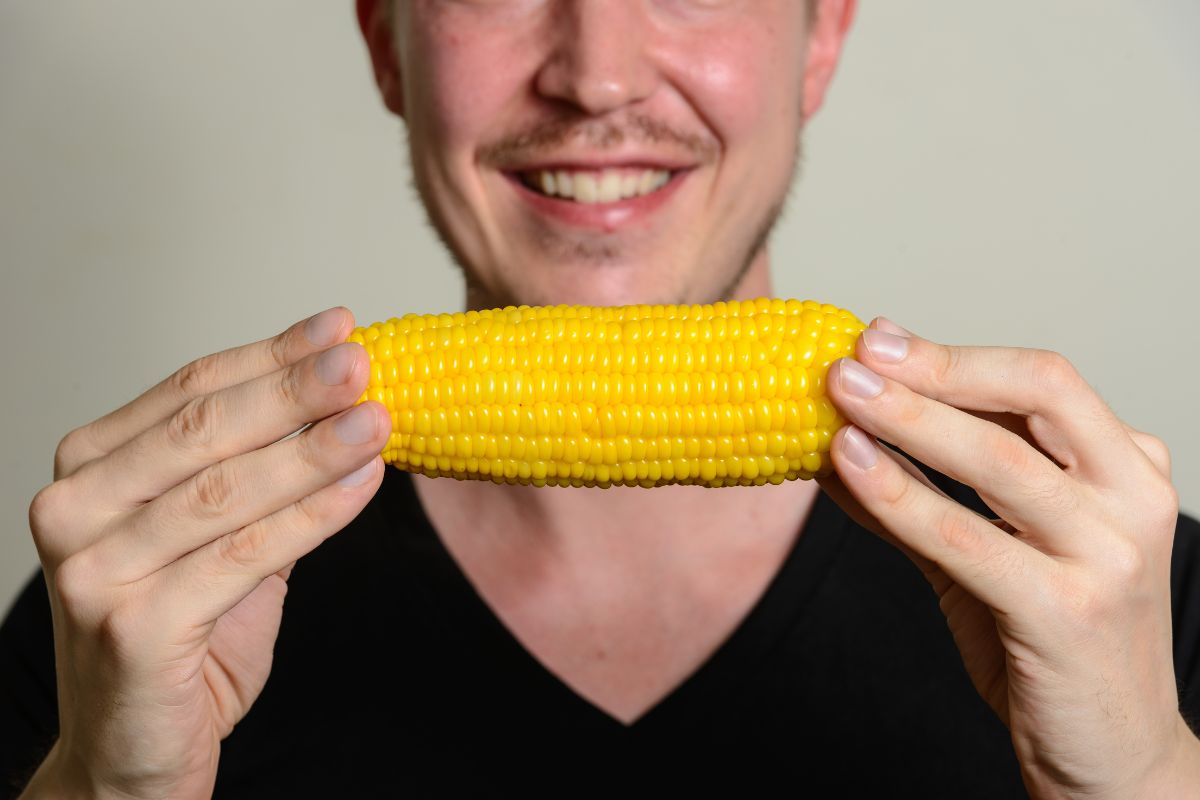Maize Starch vs Corn Flour: Major Differences Explained

If you’ve ever stood in your kitchen mid-recipe trying to figure out whether maize starch and corn flour are the same thing—or if you can swap them—you’re not alone. It gets even more confusing if the recipe is from the US.
So let’s tell you all about it and sort out what these ingredients actually are, especially if you’re cooking in the UK.
Table of Contents
ToggleHow Do Maize Starch vs Corn Flour Differ
What Is Maize Starch?
Here in the UK we mostly see it sold as cornflour. It is spelt as one word. Cornflour resembles icing sugar in that it’s a smooth white powder; it just doesn’t taste sweet. It has no scent or taste, and most people keep it in a cupboard corner near the plain flour—if they remember it.
Corn starch is created with the starchy portion of the corn. It is utilised as a thickener, not to bake bread or cake. It is popular for creating small or thick gravies, custards, or sauces. Stir it into something steaming, and voilà – it thickens things up without affecting the flavour.
And What About Corn Flour?
The next part is where things get tricky. Cornflour is known as maize starch in the UK. Same thing. Same product. But if you’re reading a recipe sourced from an American site, and it tells you to use “corn flour”, they may well mean something else entirely.
That variety of corn flour is yellow, not white. It’s made from ground whole corn kernels and has a bit of cornmeal flavor. It’s more of a baking flour. You’ll find it in things like cornbread or as a crust for fried chicken.
So, although they’re both made from corn, they’re made from different parts of the corn plant and used in different ways.
How To Tell Which One You’ve Got
If you’re holding a box and not sure what’s inside, here’s a quick check:
- White, fine, almost soft like talc powder? That’s maize starch (UK cornflour). Used for thickening.
- Yellow, feels like regular flour or a bit gritty? That’s the US-style corn flour. Not the same. Not for thickening.
This is where recipes trip people up. If you use the yellow one when you’re trying to thicken a sauce, you’ll end up with lumps and confusion.
What Do You Actually Use Maize Starch For?
Maize starch is used for thickening things. It comes out when:
- The gravy’s too thin
- The stew needs help.
- The custard’s looking runny.
- Someone requests pudding on a random Tuesday.
You never need loads. You usually only need a tablespoon, which should be mixed with a bit of cold water first (never throw it in dry or it’ll go lumpy). Stir it into hot liquid, keep the heat low, and wait a minute or two. That’s it.
Also, if you’ve ever had a Chinese takeaway, you may have wondered how their sauces feel glossy and smooth. It is probably cornflour.
When Do You Use The Yellow Corn Flour?
You don’t see this one in British kitchens as much, unless someone’s been baking from a US recipe. But if you’ve got the yellow kind, it works well in:
- Cornbread
- American-style pancakes
- A light batter for frying
- Tortilla-style flatbreads
It gives a mild corn flavour and changes the texture of baked goods. It doesn’t make baked goods better or worse; it simply makes them different.
Don’t confuse it with cornflour (the white thickener) because they behave differently in a pan.
Can You Swap One For The Other?
Short answer: no.
If the recipe says cornflour and you use the yellow American corn flour, you’ll end up with a gritty mess instead of a silky sauce.
If the recipe calls for corn flour and you use maize starch, your cornbread will come out weird, dense, or just plain off. I’ve made that mistake once and ended up with a sad-looking tray of nothing.
What About Cornmeal? Is That The Same?
No. Cornmeal is coarser than both. It’s even grittier than American corn flour and is used in things like polenta or for dusting the base of pizzas before baking. It’s not for thickening and not for swapping into a cake recipe.
This one’s easier to spot though—it looks like yellow sand.
Here’s What To Do Now
When you see a recipe online and it mentions “corn flour”, pause and check:
- Is the site American?
- Is it a baking recipe or a sauce recipe?
- Are they asking for something yellow or white?
Most of the time, that clears it up. If you’re still unsure, look at the comments—chances are someone else has already asked.
Final Thoughts
You don’t need to memorise any long science terms. Just remember this:
- In the UK, cornflour (white) = maize starch = good for thickening.
- In the US, corn flour (yellow) = ground whole corn = good for baking.
Don’t swap them unless you’re ready for things to go wrong. Once you get your head around the naming, it becomes second nature. Keep them both. The white one for everyday cooking. The yellow one for when you’re trying something American and feel like experimenting.
Just don’t mix them up. Your gravy will thank you.
Published by Amanda Mills
I'm Amanda Mills, Senior Content Strategist, and I've been shaping digital marketing narratives since 2011. With a master’s degree in Digital Marketing and a bachelor’s in Media Studies, I specialize in blending creative storytelling with data-driven strategy to create content that not only engages but delivers results. View more posts







